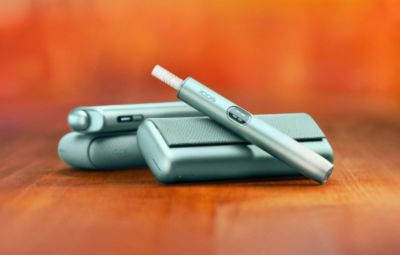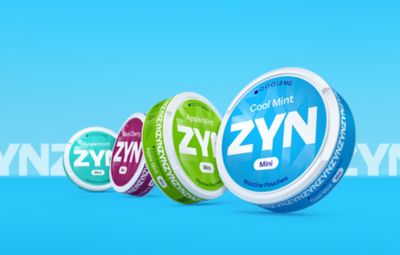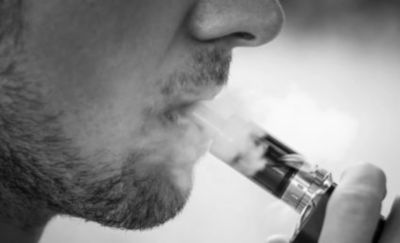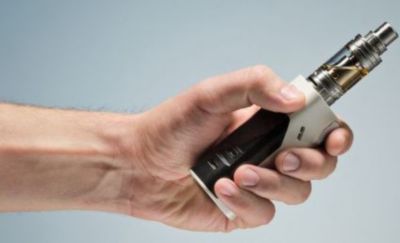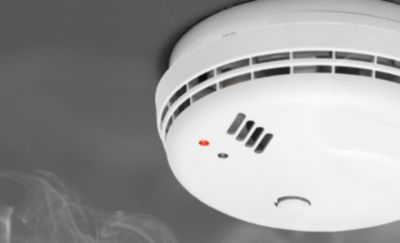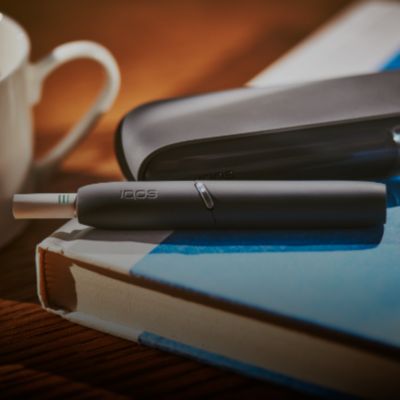Does E Liquid Freeze?
By JC Connington
E-liquid is key to the vaping experience; whether you’re using a tank system, a pod mod, the liquid is heated to produce vapour. Because vape juice is essential to using your device, it’s important to store it correctly and take extra precautions when temperatures begin to drop.
What Is The Freezing Point Of E-Liquid?
The two base substances of e-liquids are vegetable glycerine (VG) and propylene glycol (PG). Pure vegetable glycerine has a freezing point of -38°C and propylene glycol freezes at -59 °C. However, some e-liquids also contain nicotine, which has a freezing point of -79°C. The ratio of VG, PG and nicotine will determine the freezing point of your e-liquid. The standard home freezer typically stays at temperatures between -18°C to -25°C, so it wouldn’t be cold enough to freeze these components.
When vaping in the winter, your e-liquid may get cold but it is highly unlikely to freeze unless you leave it out in sub-zero temperatures for a prolonged period. A short walk to the car on an icy day won’t be detrimental to your e-liquid but extended periods in extreme temperatures may have some impact, as we will explore below.
What Happens If Vape Juice Freezes?
In extreme weather conditions you may find the viscosity of your vape juice changes and becomes thicker. If your e-juice has partially frozen, place it somewhere warm (around room temperature) so it can retain its optimal viscosity. Don’t be tempted to over-heat it by placing it in boiling water or on a radiator. This is especially true if the e-liquid has frozen in your device tank, as exposing your device to water or high heat poses safety risks.
If you’re concerned about the state of your e-liquid, for example if it has crystallised, it may be best to replace it.
What Happens to Vape Juice In The Cold?
As mentioned, cold temperatures can cause e-liquid to thicken in the same way hot weather can make it runny. A thicker juice that does not flow readily through your device can cause issues like burnt coils, whereas a runny e-liquid might cause spit back as the e-liquid escapes the tank.
While e-liquids can withstand relatively low temperatures, the cold might affect other components. Batteries, for example, may also be negatively impacted by extreme temperatures, so try to avoid exposing your device to prolonged extreme temperatures.
